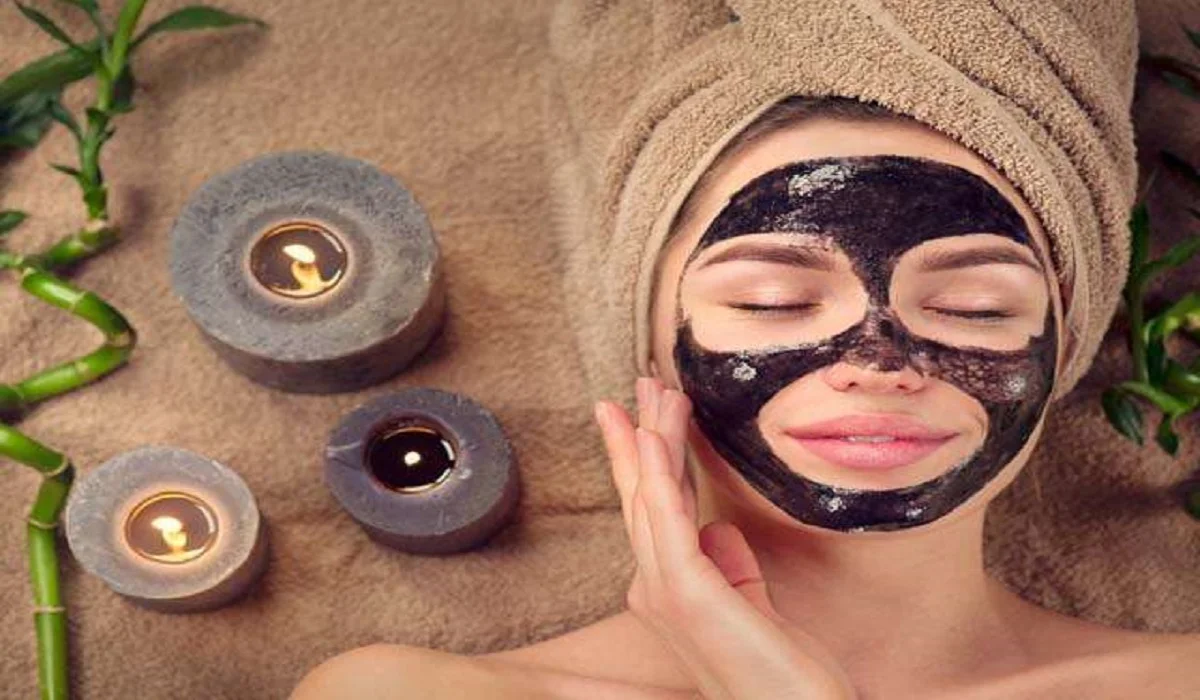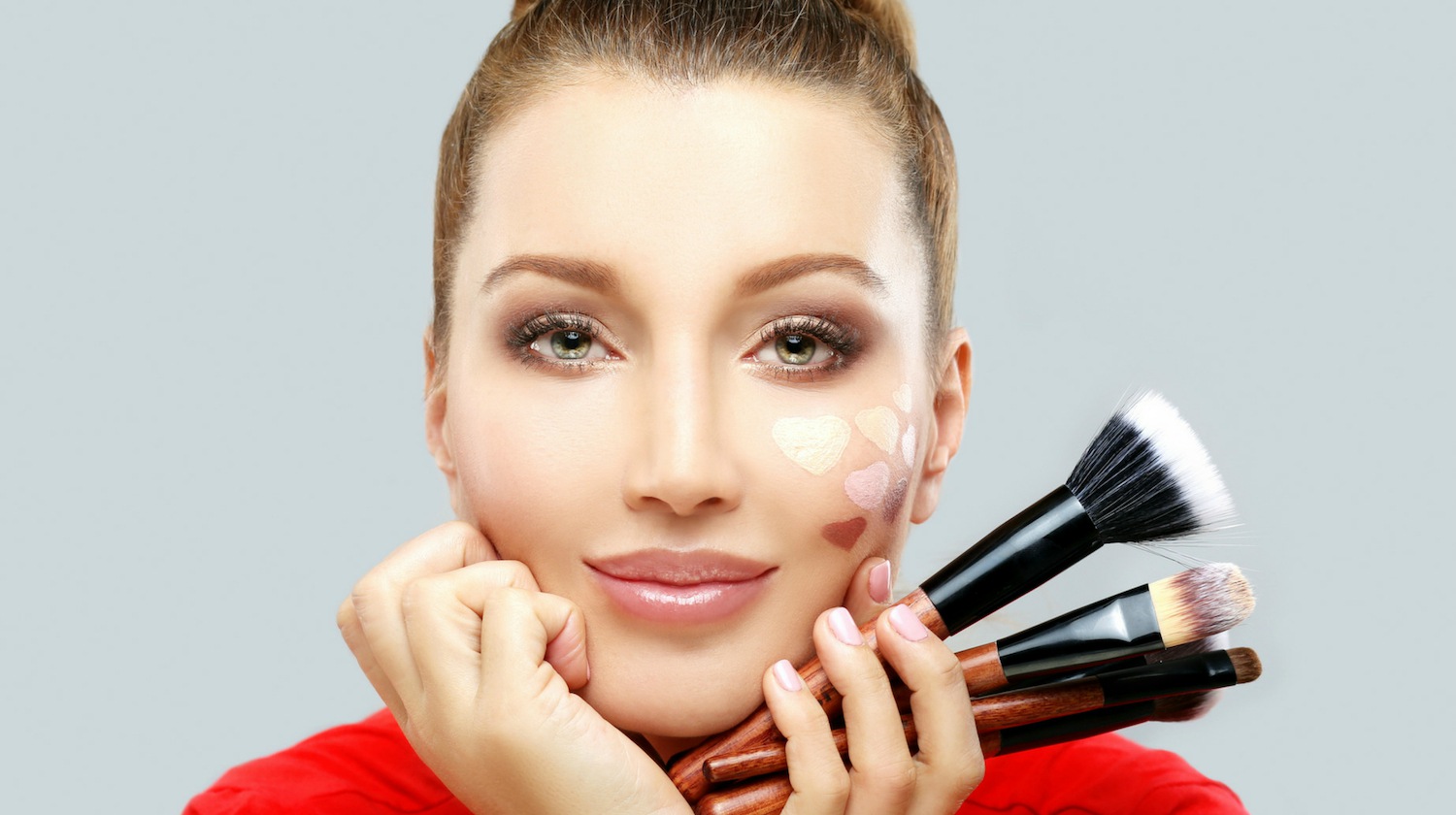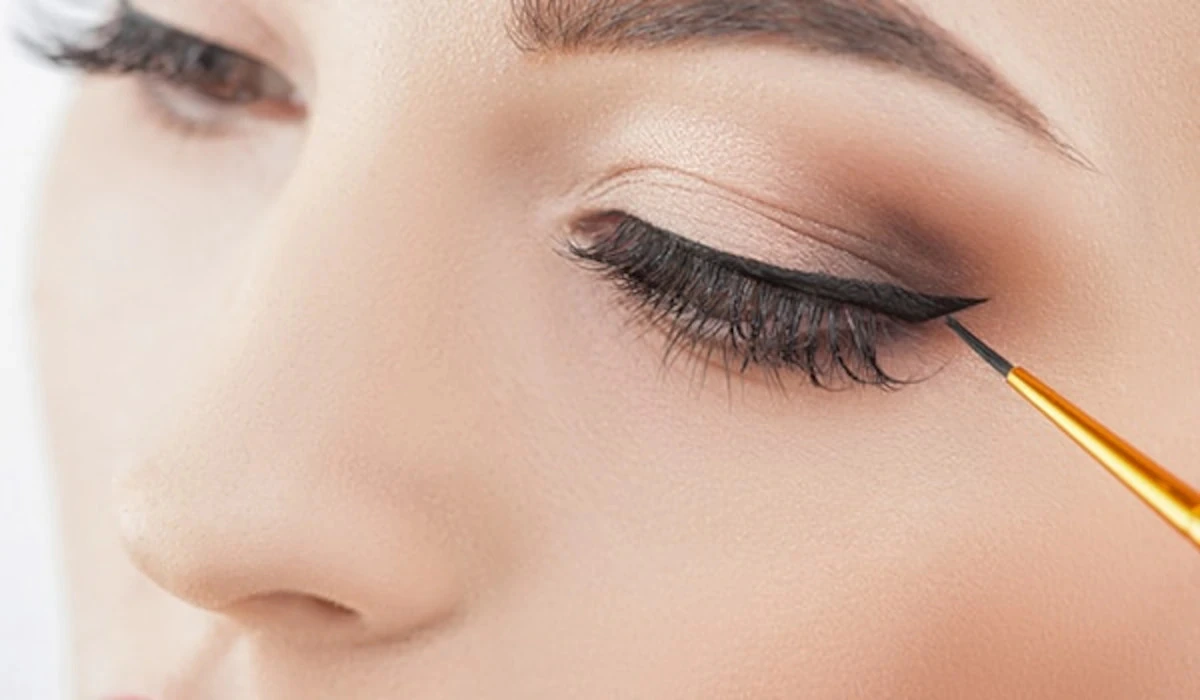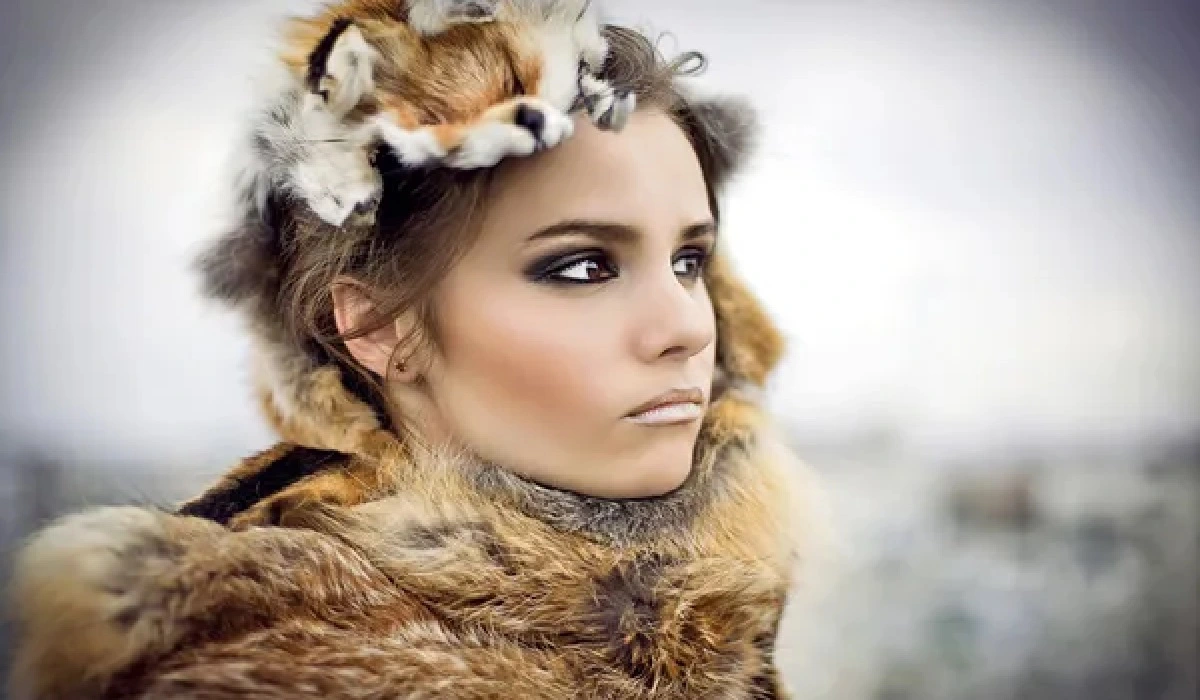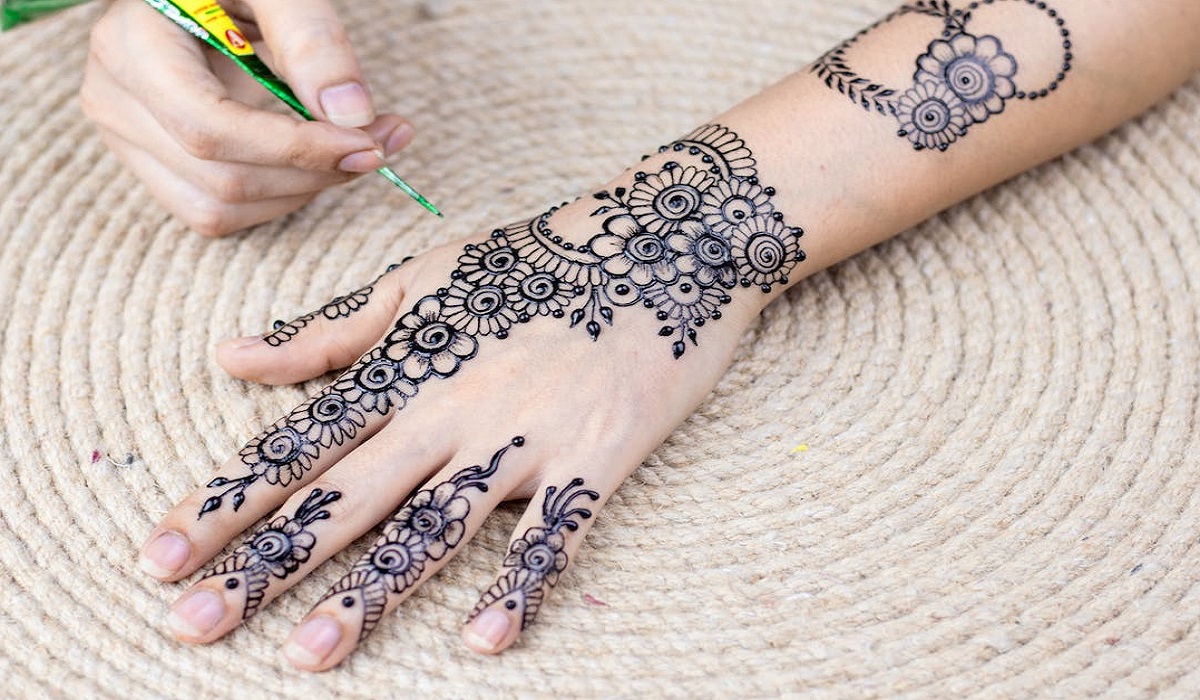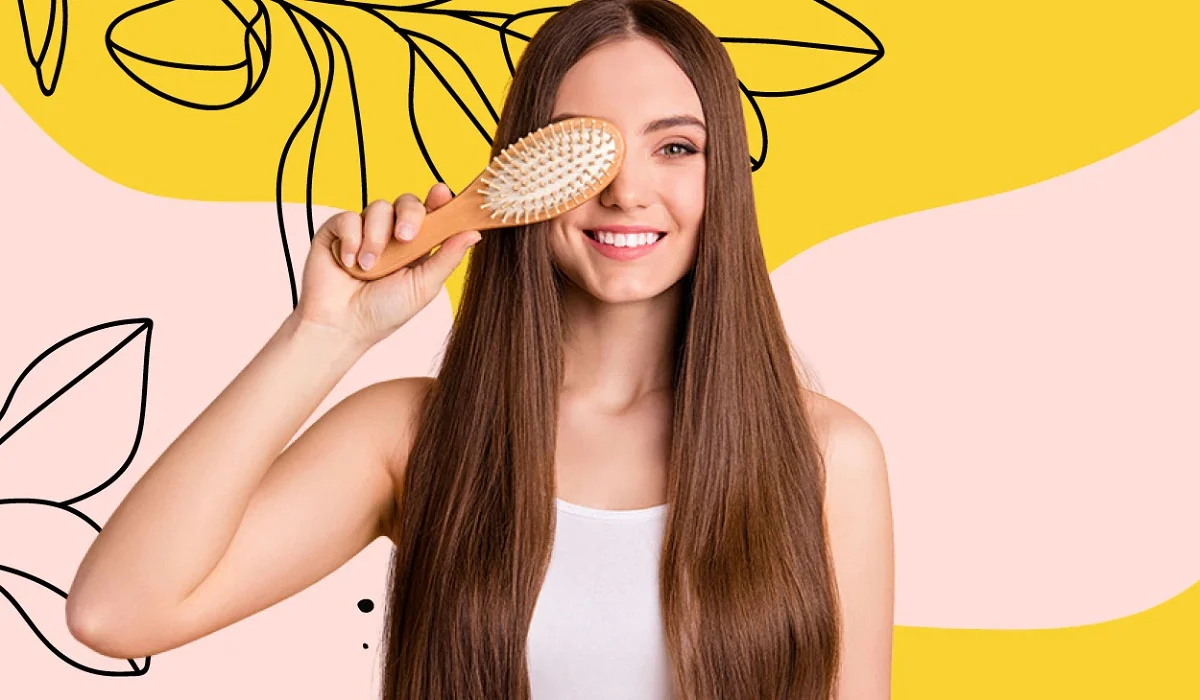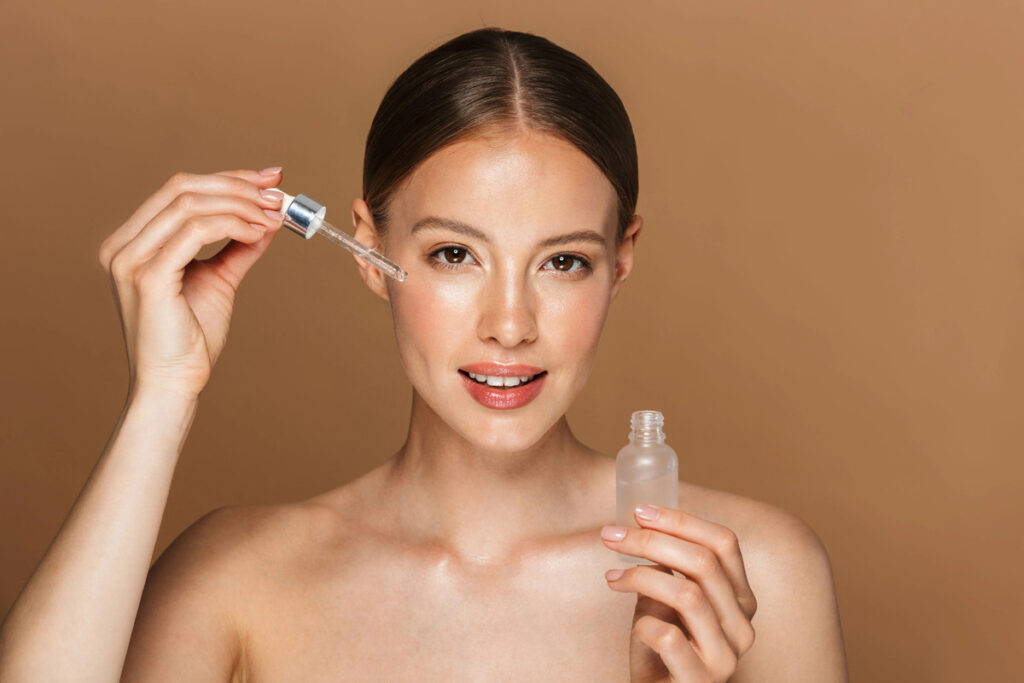
Retinol is a form of vitamin A that has gained immense popularity in the beauty industry due to its numerous benefits for the skin. It is a powerful antioxidant that can help reduce the signs of aging, improve skin texture and tone, and promote overall skin health. In this article, we will explore the science behind retinol and why it is essential to have in your skincare routine.
What is Retinol?
Retinol is a type of retinoid, which is a derivative of vitamin A. It is a fat-soluble vitamin that is found in many foods, including carrots, sweet potatoes, and spinach. Retinol is used in skincare products as a topical treatment to improve the appearance and health of the skin.
How Does Retinol Work?
Retinol works by penetrating the skin’s surface and binding to specific receptors in the skin cells. It stimulates the production of collagen, which is essential for maintaining the skin’s elasticity and firmness. It also increases cell turnover, which helps to exfoliate the skin and reduce the appearance of fine lines, wrinkles, and hyperpigmentation.
Why You Need to Have Retinol In Your Skincare Routine
It Can Improve the Appearance of Fine Lines and Wrinkles
One of the most significant benefits of retinol is its ability to reduce the appearance of fine lines and wrinkles. As we age, our skin’s collagen production decreases, and the skin becomes thinner and less elastic. Retinol helps to stimulate collagen production, which can improve the skin’s elasticity and reduce the appearance of wrinkles.
It Can Improve Skin Texture and Tone
Retinol can also help improve the texture and tone of the skin. It works by increasing cell turnover, which can help to exfoliate the skin and remove dead skin cells. This can help to improve the skin’s texture and make it appear smoother and more even-toned.
It Can Help Prevent and Treat Acne
Retinol can also be beneficial for those with acne-prone skin. It works by reducing the production of sebum, which can contribute to the development of acne. It also helps to exfoliate the skin and unclog pores, which can help to prevent and treat acne breakouts.
It Can Improve Skin Discoloration
Retinol is also effective at reducing skin discoloration. It works by inhibiting the production of melanin, which can cause dark spots and hyperpigmentation. By reducing the production of melanin, retinol can help to even out skin tone and reduce the appearance of dark spots.
It Can Protect Against Environmental Damage
Retinol is a potent antioxidant that can help protect the skin against environmental damage. It works by neutralizing free radicals, which are molecules that can damage the skin and accelerate the aging process. By protecting the skin against environmental damage, retinol can help to keep the skin looking healthy and youthful.
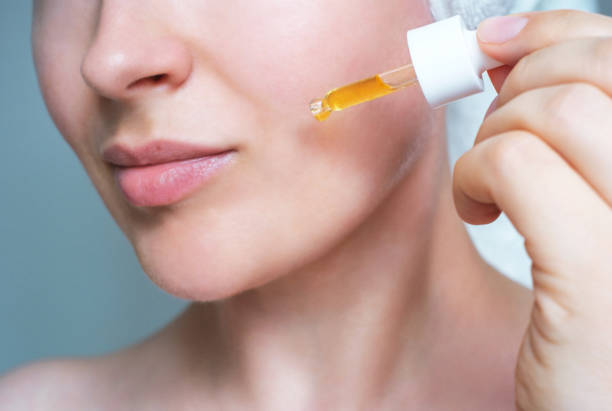
How to Incorporate Retinol Into Your Skincare Routine
Retinol is a potent ingredient that can cause irritation, especially for those with sensitive skin. It is essential to start with a low concentration and gradually increase over time. It is also recommended to use retinol at night, as it can make the skin more sensitive to sunlight.
When incorporating retinol into your skincare routine, it is important to follow these steps:
Start with a low concentration of retinol and gradually increase over time.
Use retinol at night, after cleansing and toning your skin.
Apply a pea-sized amount of retinol to your face and neck, avoiding the eye area.
Follow with a moisturizer to help soo the skin and reduce the risk of irritation.
Use retinol only 2-3 times a week at first, and then gradually increase to daily use as your skin adjusts.
Be sure to wear sunscreen during the day to protect your skin from further damage.
It is also important to note that retinol should not be used during pregnancy or breastfeeding, as it can cause birth defects.
Choosing the Right Retinol Product
There are many retinol products available on the market, so it can be challenging to choose the right one for your skin. Look for products that contain a stable form of retinol, such as retinol esters or encapsulated retinol. These forms of retinol are less irritating to the skin and have a longer shelf life.
It is also important to choose a product that is suitable for your skin type. If you have dry skin, look for a retinol product that also contains hydrating ingredients, such as hyaluronic acid or glycerin. If you have oily or acne-prone skin, look for a lightweight formula that is non-comedogenic.
Retinol is a powerful ingredient that can provide numerous benefits for the skin. It can improve the appearance of fine lines and wrinkles, reduce skin discoloration, improve skin texture and tone, and protect against environmental damage. However, it is essential to use retinol properly and start with a low concentration to avoid irritation. With regular use, retinol can help to keep your skin looking healthy and youthful for years to come.

